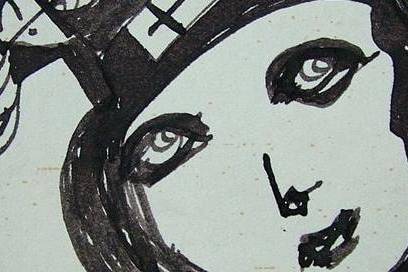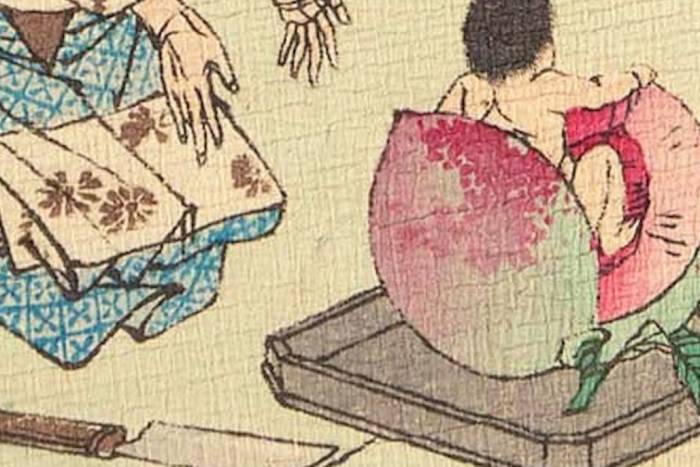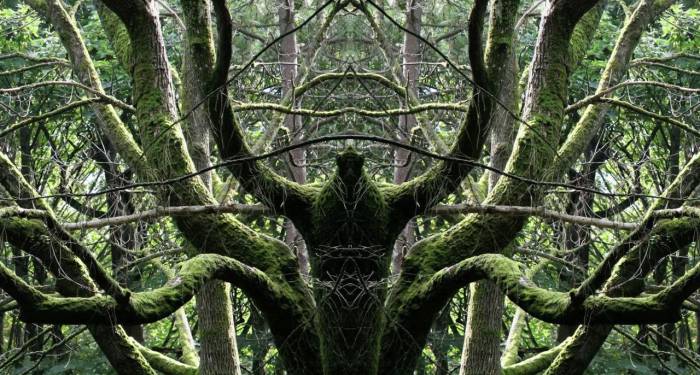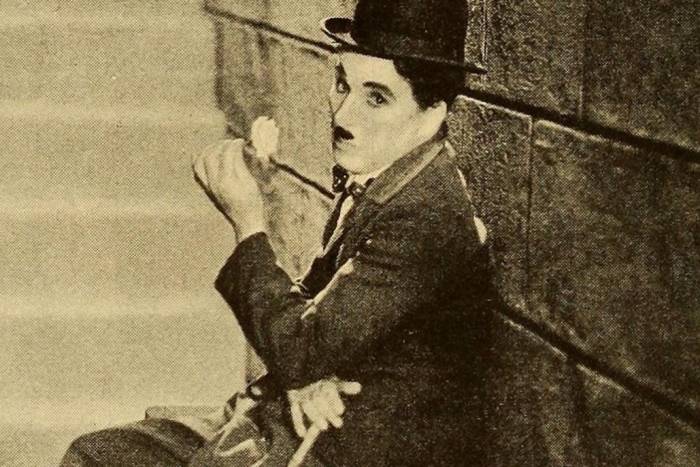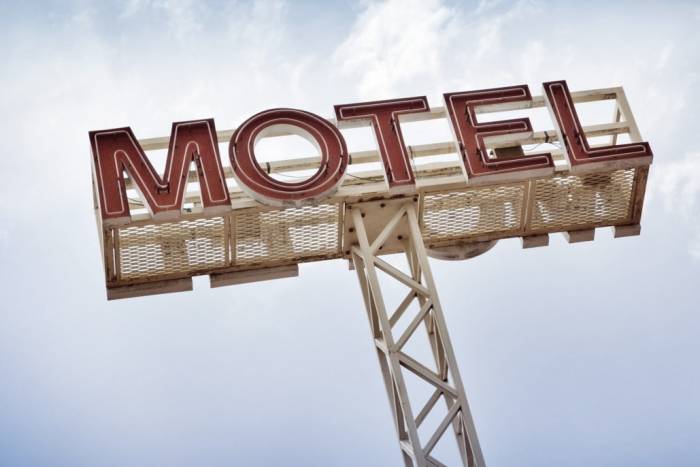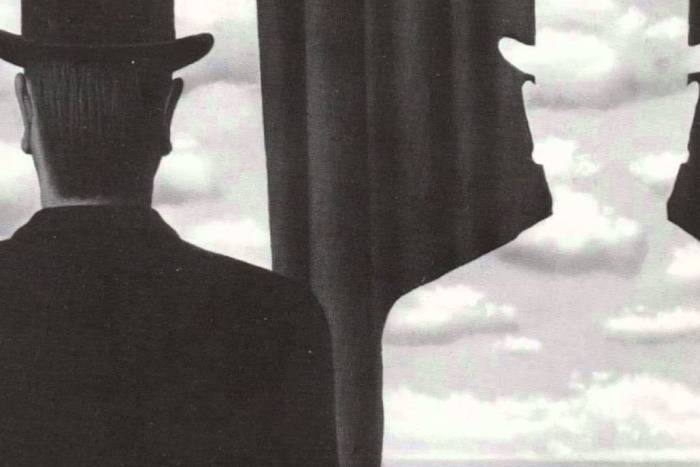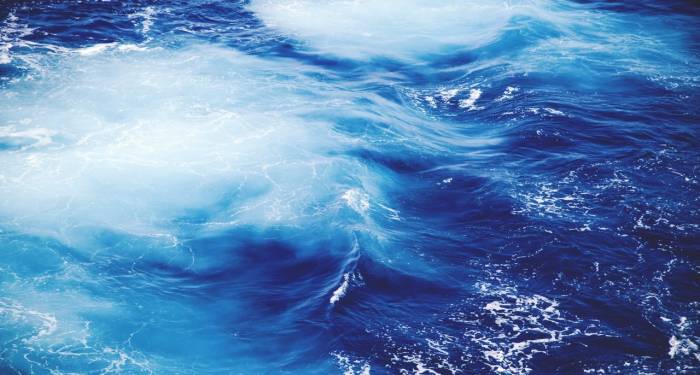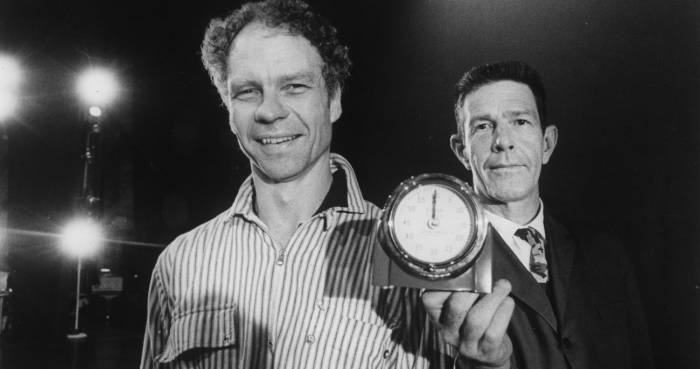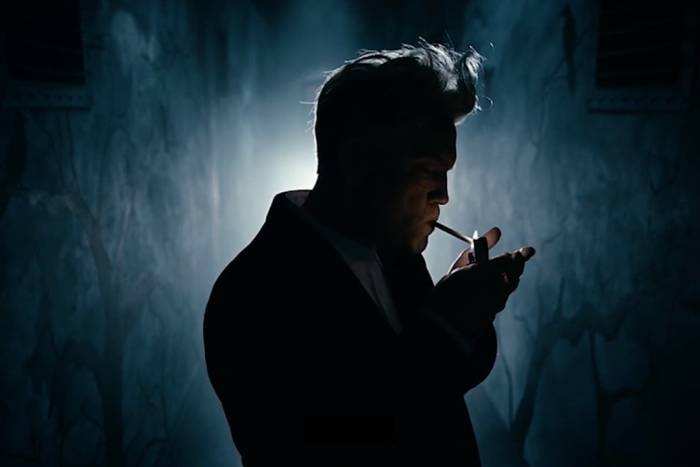Ion Barladeanu and the Freedom of the Artist Without Fame
The work of this extraordinary artist is just beginning to be known.
Andy Warhol said that in the future, sooner or later, we’ll all have 15 minutes of fame. We’ll all be “stars” in the starry sky of entertainment, distinguished by a faint glow just before we go out. This doesn’t only mean that we’ll all have “our moment of fame.” In this hypothetical Warholian future, one which may well incarnate the celebrity of “liking” and the viral diffusion of today, but such fame will be fleeting and evanescent. Beyond Warhol, there was another artist for whom the Campbell’s Soup can served as a leitmotiv. His work developed, contemporaneously, though far, thousands of miles, from the avant-garde of New York. His name was Ion Barladeanu.
Barladeanu’s fame, rather than fleeting, was merely late. Born in the small town of Zapodeni in Romania in 1946, his vocation was to rebel, and his desire to live outside the system was among the earliest notes to his character. Barladeanu has only recently been able to make his living from painting, thanks to the discovery of his work by curators and at a time when the artist was living in the streets. In his own words, Ion was already an artist, “only that nobody knew me. The only thing that has changed is that now they know me. I like it.”
In his youth, he went through many trades. He was in the army. He worked a gravedigger, and as a security guard, and even within the unqualified personnel under the government of the infamous Nicolae Ceausescu. In addition to his fondness for drawing, Ion had a mania for objects and amateur collecting. The sort of “sacred recycling,” that we see in Max Ernst and Joseph Cornell formed the raw material for many artists in the 20th century. Printed posters, fashion magazines, newspapers, and even official communist propaganda, ended up in Barladeanu’s collages.
Curiously, according to Barladeanu himself, his work is not so much pictorial as cinematographic. An urban legend holds that, at a dinner party, Barladeanu once met actress, Angelina Jolie. He told her he’d worked with some of the best actors and actresses in his films on paper. These included cold war films, in which James Bond was matched against the communist party and models from Western fashion magazines. Hand in hand, they were all challenged in an imaginative and playful territory and confronted the crushing reality – of mass unemployment and a lack of civil liberties, including the severely limited areas of expression and the arts – of the Ceausescu period.
Perhaps the work from the shadows, without the pretense of exhibitions and establishment within an art market, is still due some irreverence and the sense of danger in much of Barladeanu’s work. They’re the impossible film stills that populate the artist’s life. Today, while his work is exhibited all over the world (assimilated as it’s been, into the art market as “pop art” such that his work and Warhol’s will often travel to the same museums), Barladeanu lives in a two-room flat in Bucharest and grants strange interviews. His collection of hats continues to grow, as does his body of work.
Related Articles
Pictorial spiritism (a woman's drawings guided by a spirit)
There are numerous examples in the history of self-taught artists which suggest an interrogation of that which we take for granted within the universe of art. Such was the case with figures like
Astounding fairytale illustrations from Japan
Fairy tales tribal stories— are more than childish tales. Such fictions, the characters of which inhabit our earliest memories, aren’t just literary works with an aesthetic and pleasant purpose. They
A cinematic poem and an ode to water: its rhythms, shapes and textures
Here lies One Whose Name was writ in Water. - John Keats Without water the equation of life, at least life as we know it, would be impossible. A growing hypothesis holds that water, including the
Watch beauty unfold through science in this "ode to a flower" (video)
The study of the microscopic is one of the richest, most aesthetic methods of understanding the world. Lucky is the scientist who, upon seeing something beautiful, is able to see all of the tiny
To invent those we love or to see them as they are? Love in two of the movies' favorite scenes
So much has been said already, of “love” that it’s difficult to add anything, much less something new. It’s possible, though, perhaps because even if you try to pass through the sieve of all our
This app allows you to find and preserve ancient typographies
Most people, even those who are far removed from the world of design, are familiar with some type of typography and its ability to transform any text, help out dyslexics or stretch an eight page paper
The secrets of the mind-body connection
For decades medical research has recognized the existence of the placebo effect — in which the assumption that a medication will help produces actual physical improvements. In addition to this, a
The sea as infinite laboratory
Much of our thinking on the shape of the world and the universe derives from the way scientists and artists have approached these topics over time. Our fascination with the mysteries of the
Sharing and collaborating - natural movements of the creative being
We might sometimes think that artistic or creative activity is, in essence, individualistic. The Genesis of Judeo-Christian tradition portrays a God whose decision to create the world is as vehement
John Malkovich becomes David Lynch (and other characters)
John Malkovich and David Lynch are, respectively, the actor and film director who’ve implicitly or explicitly addressed the issues of identity and its porous barriers through numerous projects. Now

